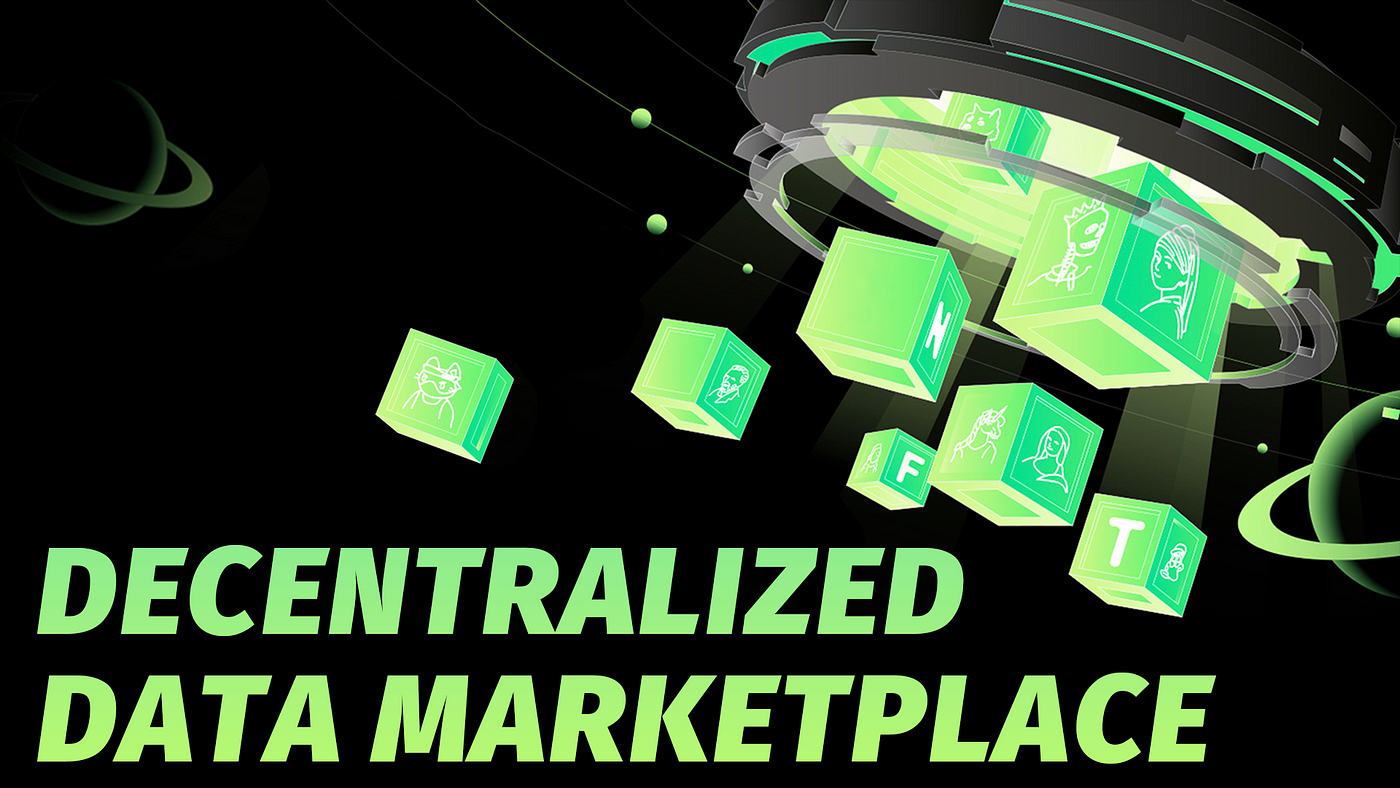In the dynamic Web3 era of 2025, where blockchain is rewriting the rules of trade, a lone entrepreneur with $10,000 sparked a $5M decentralized marketplace in just 10 months. Their platform, a haven for freelancers to sell digital services globally without hefty fees, gained 20,000 users. This tale unveils their path, offering a straightforward guide for anyone—coder, freelancer, or visionary—to launch their own Web3 marketplace. Ready to disrupt commerce? Let’s dive into their breakthrough!

What Is a Decentralized Marketplace?
A decentralized marketplace is a blockchain-powered platform where buyers and sellers connect directly, using smart contracts to handle payments and ensure fairness—no middlemen like banks or big tech. Running on networks like Ethereum, these platforms slash fees and boost trust. In 2025, decentralized marketplaces handle over $25B in transactions yearly. This startup’s platform let freelancers sell services like graphic design with just 1% fees, driving its $5M valuation.
Why create one? It’s a lean way to build a fair, profitable business in a booming market.
The Founder’s Journey: From $10,000 to $5M
In January 2024, a 29-year-old freelancer with no blockchain experience but $10,000 in savings envisioned a marketplace to empower digital creators. By November 2024, their platform was valued at $5M with a thriving community. Here’s how they went from idea to millions.
Step 1: Identifying a Real Need
The founder saw freelancers losing 20% to platforms like Upwork. They dreamed of a decentralized alternative with low fees and instant payouts. They explored trends on CoinDesk and gathered feedback on Reddit Freelance.
- Problem: High fees and slow payments for freelancers.
- Solution: A Web3 marketplace with 1% fees and instant crypto payouts.
- Target: Freelancers and small businesses.
This focus on freelancers gave their platform a clear edge.

Step 2: Learning Blockchain Essentials
With zero coding skills, the founder learned enough to lead the project:
- Smart Contracts: Studied Solidity basics on Solidity Docs.
- Web3 Tools: Explored APIs on Alchemy.
- Marketplaces: Researched platforms like Origin Protocol on Dapp.com.
Three weeks of free tutorials gave them confidence to hire developers.
Step 3: Designing the Marketplace’s Core
The platform relied on two smart contracts for simplicity:
1. Trade Contract
Handled secure payments and escrow, releasing funds only when services were delivered.
2. Reputation Contract
Tracked freelancer ratings and reviews, building trust among users.
They used OpenZeppelin templates and hired a Solidity developer from Upwork for $4,000 to code and test on Goerli Testnet.

Step 4: Building the Minimum Viable Product (MVP)
The MVP, launched in April 2024, was a basic platform for 200 freelancers to offer services like writing and design. They spent $8,000:
- Development: $5,000 for smart contracts and backend via Alchemy.
- Design: $2,000 for a clean UI from Fiverr.
- Testing: $1,000 for 300 beta users from Discord.
The MVP facilitated $25,000 in transactions, confirming market fit.
Step 5: Securing Funding
To grow, the founder raised $200,000:
- Pitch Deck: Designed on Canva, showcasing MVP results.
- Investors: Secured $120,000 from Web3 angels on LinkedIn.
- IDO: Raised $80,000 via a governance token sale on Uniswap.
By June 2024, funds boosted marketing and platform upgrades.

Step 6: Launching and Marketing
The platform launched publicly in July 2024, targeting freelancers and clients. Marketing strategies included:
- Social Media: Posted success stories on X, reaching 12,000 followers.
- Partnerships: Collaborated with freelance communities on Reddit.
- Community: Grew a 5,000-member Discord server with Q&A sessions.
By August 2024, the platform had 8,000 users and $800,000 in transactions.
Step 7: Scaling to $5M Valuation
In 2025, Web3 marketplaces exploded, with Ethereum at $8,400. The founder scaled by:
- New Features: Added dispute resolution and NFT badges via Chainlink.
- Global Reach: Marketed to Asia and Europe via X.
- Security: Audited contracts with CertiK for $5,000.
By November 2024, the platform had 20,000 users and a $5M valuation from 1% fees and token appreciation.

Lessons Learned
Challenges shaped their success:
- Payment Delays: Early blockchain congestion slowed payouts, fixed with optimized contracts.
- User Onboarding: Simplified wallet setup after Discord feedback.
- Compliance: Hired DLA Piper for legal clarity.
“Every issue taught us resilience,” the founder noted.
Tips for Beginners in 2025
Ready to launch your marketplace? Start here:
- Target a Niche: Explore gaps on Dapp.com.
- Stay Lean: Build an MVP for $5,000-$10,000.
- Build Trust: Engage on Discord and X.
- Secure Code: Audit with CertiK.
Begin small, test quickly, and grow with users.

Risks of a Decentralized Marketplace
Building a marketplace has challenges:
- Security: Smart contract bugs can lead to losses.
- Regulations: Crypto laws may limit operations.
- Competition: Giants like OpenSea set high standards.
Mitigate with audits, legal support, and unique features.
Resources for Learning More
Want to build your marketplace? Check these resources:
- Smart Contracts: OpenZeppelin for templates.
- Web3 Development: Alchemy for tools.
- Market Insights: CoinDesk for trends.
- Communities: Reddit and Discord.
Knowledge is your platform’s backbone.
Conclusion
From a $10,000 idea to a $5M breakthrough, this decentralized marketplace empowered freelancers and shook up commerce in 2025. By solving a real problem, launching a lean MVP, and building community trust, the founder achieved Web3 greatness. Follow their path, use these resources, and create your own marketplace. What’s your Web3 idea? Share it in the comments below!






















